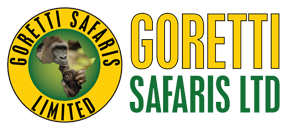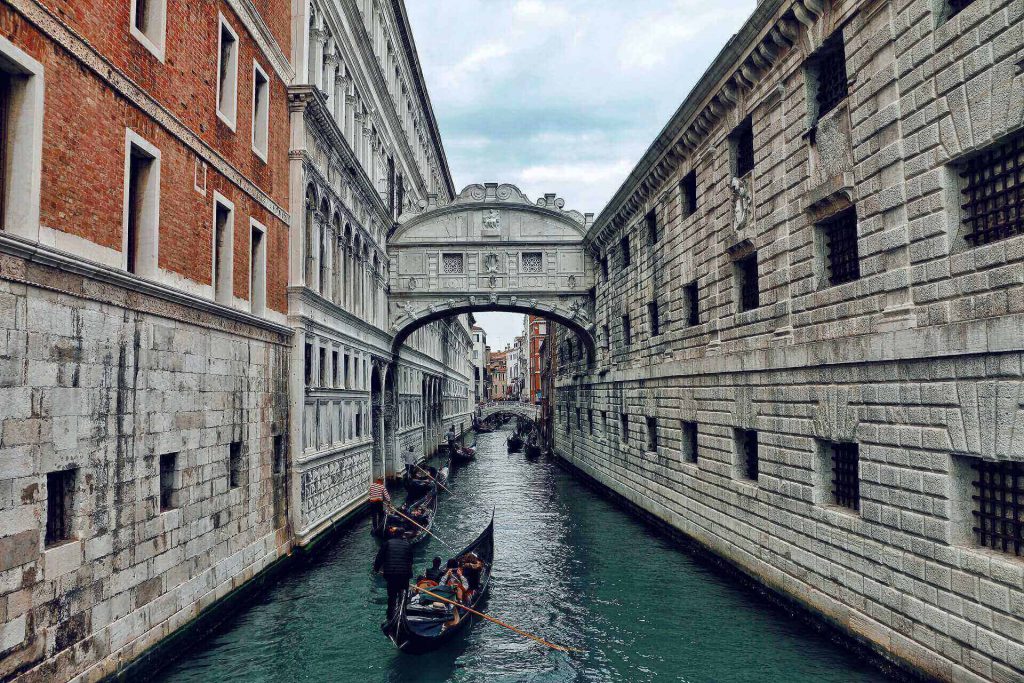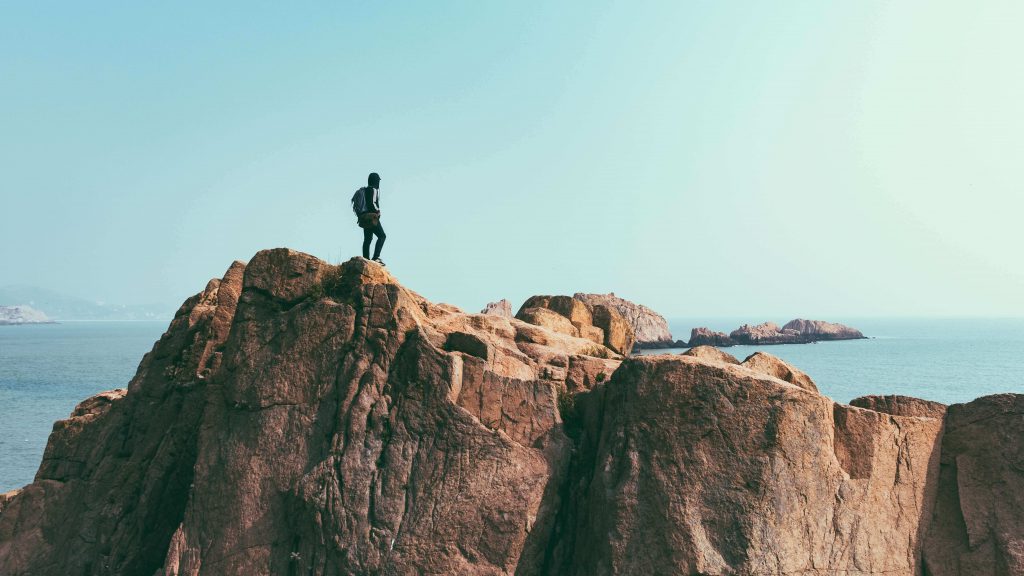In the local language “Jinja” refers to stone!! There is no record to narrate the genesis of the name but the general belief points at the stunning stones in the area.
Jinja is situated about 80kms east of Kampala City and it takes approximately 1hr30 minutes to get there depending on the traffic. Once the industrial town of Uganda, Jinja is also known as the “Adventure Capital of Uganda”!
In the local language “Jinja” refers to stone!! There is no record to narrate the genesis of the name but the general belief points at the stunning stones in the area.
Jinja is situated about 80kms east of Kampala City and it takes approximately 1hr30 minutes to get there depending on the traffic. Once the industrial town of Uganda, Jinja is also known as the “Adventure Capital of Uganda”!
Visit the source of the Nile River in Jinja
Discover Enroute attractions as you travel to Jinja
Enjoy white water rafting (half day) in Jinja.
Places to Visit
Ssezibwa Falls:
These magnificent falls are situated at the edge of a Mabira forest about 30kms before getting to Jinja Town. There is a fairytale that an expecting lady knelt down to deliver and instead of a baby, a river was born. The Baganda traditionalists believe that some of their gods reside at the falls including a resident African Rock Python.
They perform rituals for healing, luck and blessings. A local guide gives detailed information about the falls as tourists take a mild-hike to the summit.
Mabira Forest:
Covering an area of about 300 km², Mabira is Uganda’s largest natural forest and it is located along Kampala-Jinja Road.
This forest is a phenomenal player in the biodiversity of the area working as a source for several rivers and streams. With about 300 bird species, the forest is an Important Birding Area (IBA)! These constitute about 30% of the birds in Uganda. Species like Nahan’s Francolin are globally threatened. The forest is also home to primates such as Mangbey species, olive baboons and red-tailed monkeys among other species. An ever-green tropical forest, Mabira has amazing tree species some of which are sources of herbal medicine to indigenous people. A local guide gives rich information about the forest and its respective residents.
Source of the Nile:
Nile is derived from a Greek word “Nelios” which literally means “river valley”! The Nile is credited for one of the greatest civilisations in human history. For centuries this mysterious river fed the great Egyptian civilisation with volumes of water and silt but the source remained unknown. About 1862, John Speke, a great British Explorer reached the present day Jinja exposed to the rest of the world, the vivid source of the Nile. Today, tourists get to take a motorized canoe and sail down to “Point Zero”; concrete demarcation that shows where the waters of the Nile leave those of L. Victoria and embark on their approximately 6000kms journey to the Med-Sea in Egypt.
The Jinja strip starts from Kampala at about 0730hrs and ends with a drop-off to your residence before dark.
The Trip Cost Includes
- Pick-up or Drop-off service from and to Airport(in our own vehicle)
- Transportation to and from!!
- Food all along the trip(Breakfast, Lunch, Dinner and a cup of coffee or tea) and accommodations during the trip in hotels with family environment
- Transportation, food, accommodation and insurance of Guide during the trip
- Down jacket, all-season sleeping bag, duffel bag and trekking map(in case if you don’t have your own. Down jacket, sleeping bag and duffel bag must be returned after completion of the trip)
- First Aid Medical Kit(Your guide will carry the Medical Kit but we also advise to bring yourself for your own use, as far as possible)
- All the required permits and paperwork
The Trip Cost Excludes
- International Airfare
- Visa Charges
- Hotel Expenses(In Kathmandu, some packages do include hotel expenses)
- Your travel and medical insurance
- Personal Expenses such as shopping, bar bills, hot shower, telephone, laundry, titbits etc
- Food and accommodations in Kathmandu
- Services not mentioned or not promised by the agent/agency
- Emergency expenses such as expenses on chartered helicopter.
Frequently asked Questions
Annapurna Base Camp is a Grade B or a moderately difficult trekking route. So any fit person can do this trek, even if you do not have any previous experience. You should be aware of what to expect and mentally prepare for it. Then, as long as you will to, you can.
On average, you walk about 4 to 6 hours per day. One or two days can be as less as 3hrs and one or two days can be as long as 7hrs.
The highest altitude reached is 4190m. This is the elevation of Annapurna Base Camp. ABC is the highest we will climb in this trek.
Yes, you can charge batteries en route. Charger should be brought. There are hot shower facilities as well. You may have to pay certain amount for both ($1-$2). Negotiate. Also, hot water facility could be free at lower elevation.
No. There are no ATMs on this trek route. You will have to draw enough cash in Pokhara or Kathmandu. There are a number of ATMs in these cities. Everything is paid in Nepali rupees. So money should be exchanged before the start of the trek.
Yes. Internet can be accessed in most places. Sometimes, there might be some technical problems. Internet in Nepal is not as fast as you are used to and at times you can just lose connection.
Not really. It depends on you. If you want, ABC trekking can be done independently. You could hire a guide and a porter by yourself instead of going through an agency or not hire a guide at all. Although, not having a guide can be a little problematic during off season.
It really depends on you. Is it your first time in Nepal? How confident are you of being able to find your way around? How pressed on time are you? If you go through an agency, it will be costlier but everything will be planned. You will only have to come, trek and return.
For Annapurna region, pay for guides range from $20 to $30 per day and porters take $15 to $25 per day.



